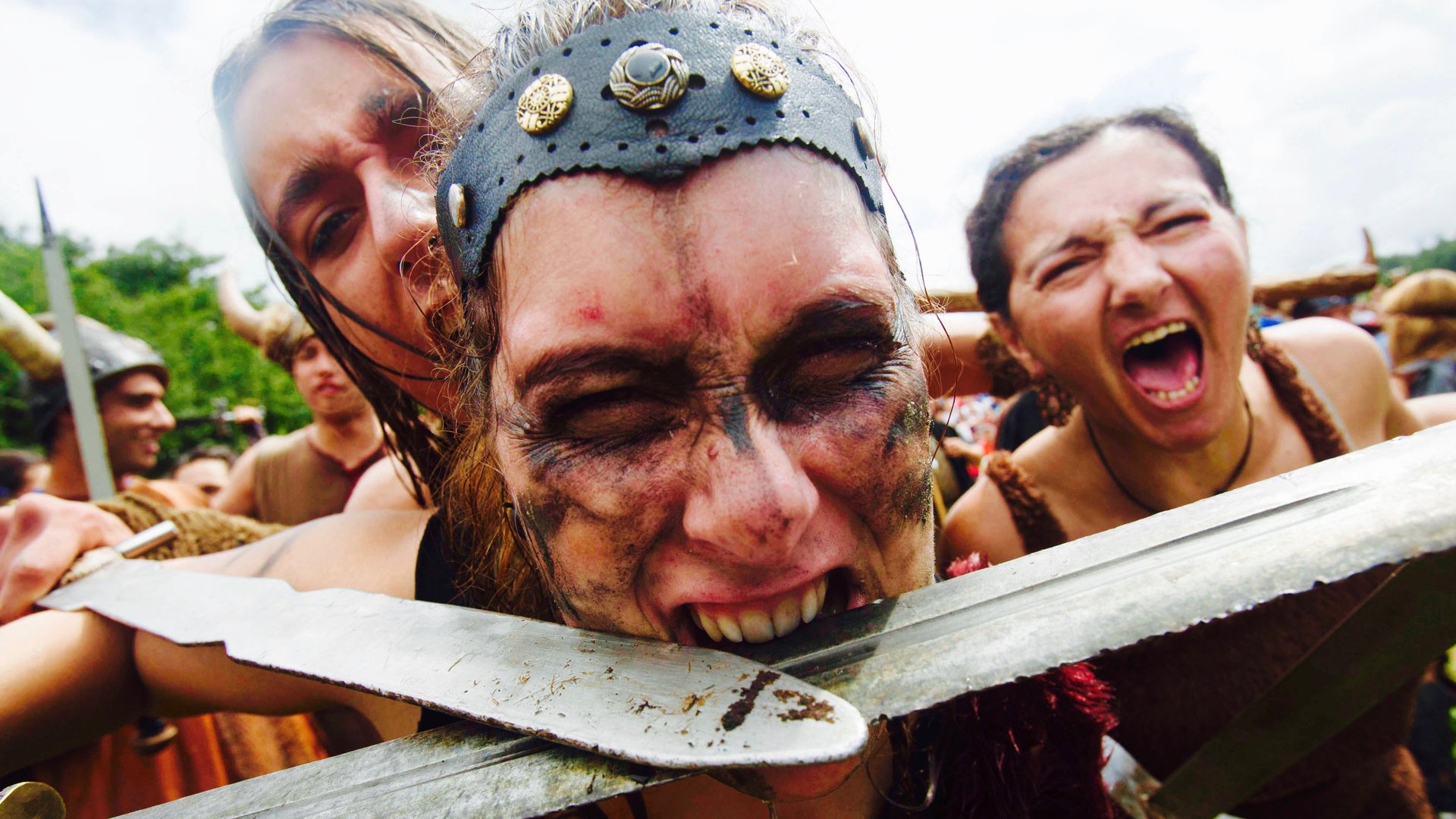DNA evidence from a female Viking warrior’s grave shows bias is in the eye of the beholder
Academics construct narratives about the past using fragments and artifacts. Sometimes they also fill in the gaps on their discoveries, making assumptions that reveal more about contemporary thinking than they do about history.


Academics construct narratives about the past using fragments and artifacts. Sometimes they also fill in the gaps on their discoveries, making assumptions that reveal more about contemporary thinking than they do about history.
Take for example a recent revelation by researchers from Uppsala University in Sweden, published in the American Journal of Physical Anthropology, concluding that remains found in a high-ranking Viking warrior grave in Birka, Sweden—known as Bj 581 and thought for over a century to belong to a man—are likely those of a female fighter.
The gender simply wasn’t tested for decades. Then when gender testing finally was done, and indicated the remains were female, those findings were dismissed for several more decades, until now.
“The results call for caution against generalizations regarding social orders in past societies,” writes lead researcher Charlotte Hedenstierna-Jonson of the the university’s department of archaeology and ancient history. “At Birka, grave Bj 581 was brought forward as an example of an elaborate high-status male warrior grave. This image of the male warrior in a patriarchal society was reinforced by research traditions and contemporary preconceptions. Hence, the biological sex of the individual was taken for granted.”
Not only that, when proof was first found that the remains belonged to a female, the claims were ignored. A bone analysis done in the 1970s indicated the body found at the site belonged to a female. The finding became controversial, as it already had been decided there were no female Viking warriors, and no additional testing was done then. Bj 581 remained male, at least officially.
Despite mention of fierce female warriors in Viking lore and art, the notion was dismissed as mythical by academics. Previously, when females in Viking burial sites were found buried with weapons, the martial artifacts were explained away as family heirlooms, the researchers say.
Turn out that was a mistake in the case of Bj 581. Last year, analysis of the cheek and hip bones’ slender shape lent further credence to the notion that the remains belonged to a woman. It led to the DNA study of bones and teeth at the site, which confirmed the remains as female.
The researchers acknowledge that the presence of weapons at the grave site doesn’t definitively prove the deceased was a warrior. They also note that no such doubts are raised when weapons are found surrounding men. When women are found buried with weapons, however, academics have tended to assume they’re inherited. “The interpretation of grave goods is not straight forward, but it must be stressed that the interpretation should be made in a similar manner regardless of the biological sex of the interred individual,” the study concludes.
In the case of Bj 581, the weapons are just part of the story—two horses and a strategic board game were also found. Researchers say these are indicative of an individual with leadership responsibilities, involved in battle strategy and tactics. Based on the layout of the grave, and the lack of artifacts associated with female burials, they believe the weapons belonged to the female buried there and that she was a high-ranking fighter.
The finding doesn’t mean that female fighters were necessarily common, the researchers say. It does show that the eye of the beholder plays a role in our understanding of the past.